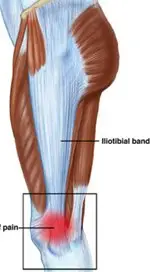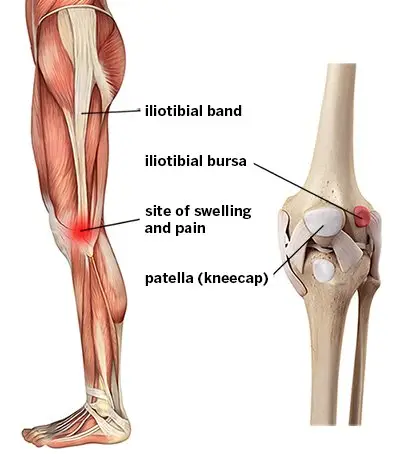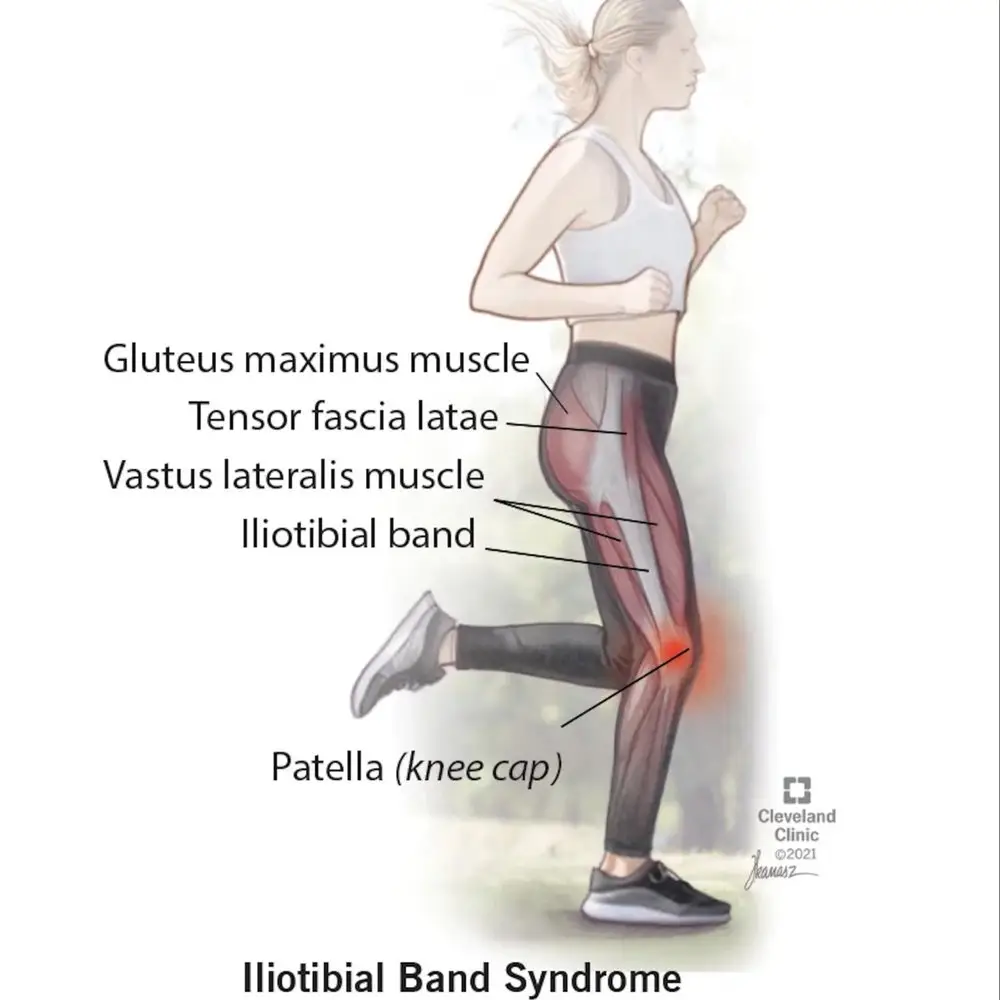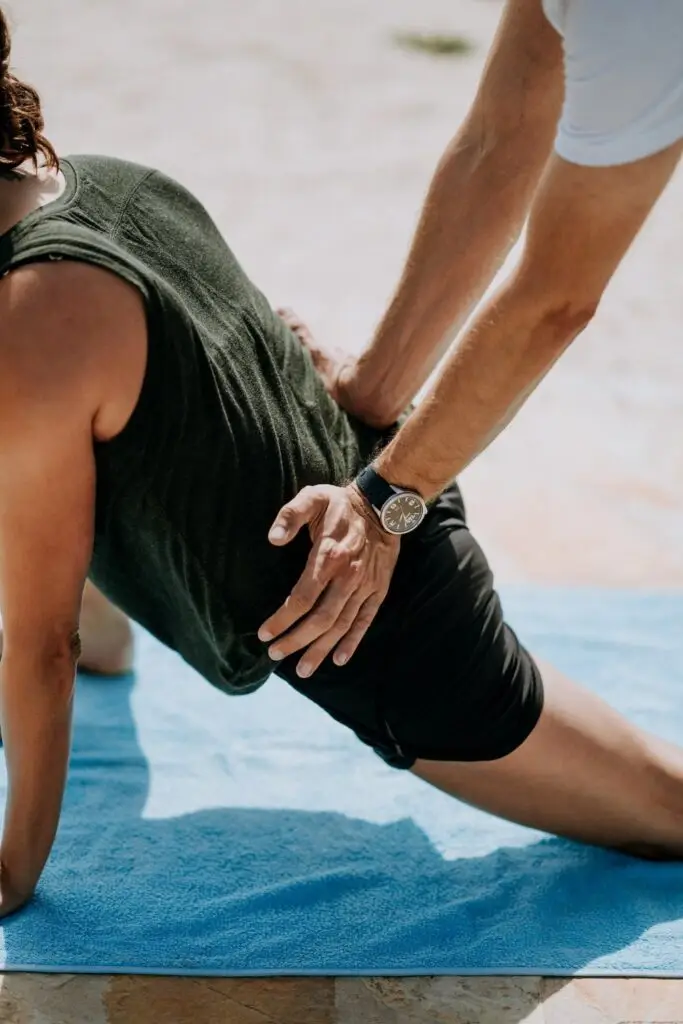ITB (Iliotibial Band) Syndrome is a common overuse injury that affects many people – runners, cyclists, and other athletes who perform repetitive motions of the legs.
The ITB is a thick band of connective tissue that runs along the outside of the thigh from the hip down to the side of the knee. When the ITB becomes inflamed or irritated, it can cause pain and discomfort on the outside of the knee, leading to ITB syndrome.


While ITB syndrome is often thought of as a knee problem, research has shown that hip mechanics can play a significant role in the development of this condition. In this blog, we will discuss how the hip can affect ITB syndrome and what you can do to prevent and manage this common injury.


Hip Anatomy and ITB Syndrome
The hip is a complex joint that is responsible for supporting the weight of the body and controlling the movement of the legs. The ITB attaches from the pelvic bone down into the side of the knee/shin.
This means that any dysfunction or weakness in the muscles that attach to the hip can affect the tension of the ITB, leading to ITB syndrome.
Hip Weakness and ITB Syndrome
Research has shown that hip weakness and imbalances can lead to altered movement patterns and increased stress on the ITB, increasing the risk of ITB syndrome. Specifically, weakness in the hip abductor muscles (gluteus medius and minimus) can lead to excessive tension on the ITB, causing it to rub against the outside of the knee and become inflamed.
Hip tightness and ITB Syndrome
Tightness in the hip flexors and ITB itself can also contribute to ITB syndrome. When the hip flexors are tight, they can pull on the hip and increase the tension on the ITB. Similarly, tightness in the ITB itself (through the TFL and Glute Muscles) can cause it to rub against the outside of the knee, leading to inflammation and pain.


Preventing and Managing ITB Syndrome
To prevent and manage ITB syndrome, it’s important to have your knee assessed by a thorough physiotherapist looking at any underlying hip weaknesses or imbalances. From there, the physio will be able to prescribe some strength training exercises as well as some stretching exercises if needed to treat this condition.
It’s also important to gradually increase training volume and intensity to avoid overuse injuries like ITB syndrome. If you’re a runner or cyclist, consider incorporating cross-training activities like swimming or yoga into your routine to reduce the amount of stress on your legs.
If you are experiencing ITB Syndrome, it is important to visit a physiotherapist and simultaneously applying ice to the affected area to help reduce pain and inflammation.
In conclusion, ITB syndrome is a common overuse injury that affects many people. While the knee is often the primary site of pain, hip mechanics can play a significant role in the development and management of this condition.
By addressing any underlying hip weaknesses or imbalances, stretching the hip flexors and ITB, and gradually increasing training volume and intensity, you can prevent and manage symptoms of ITB syndrome and keep yourself healthy and injury-free.





